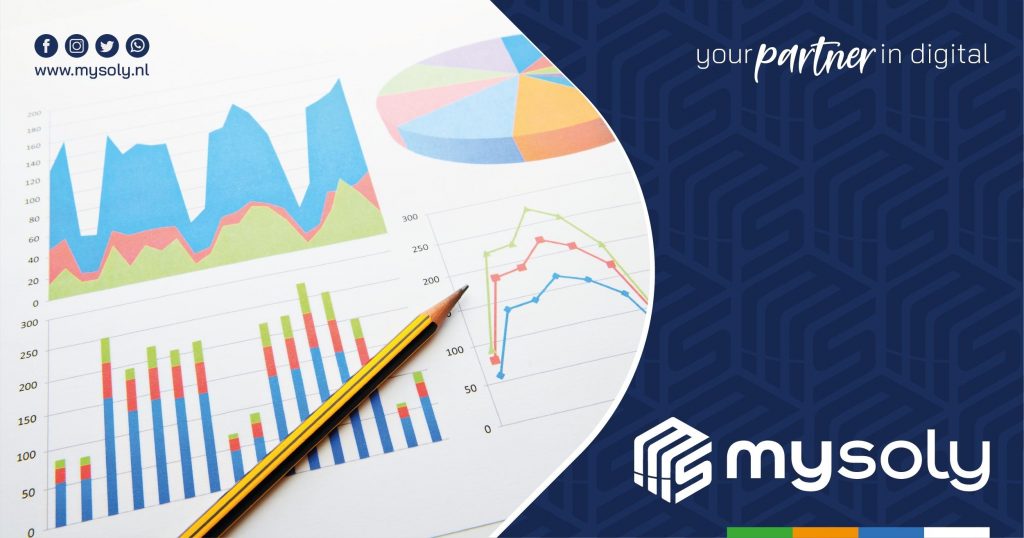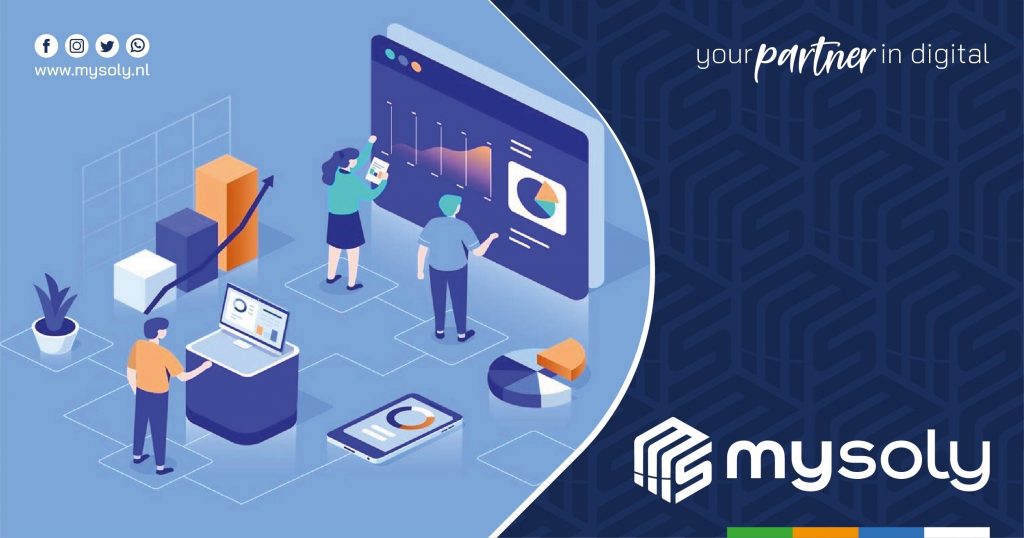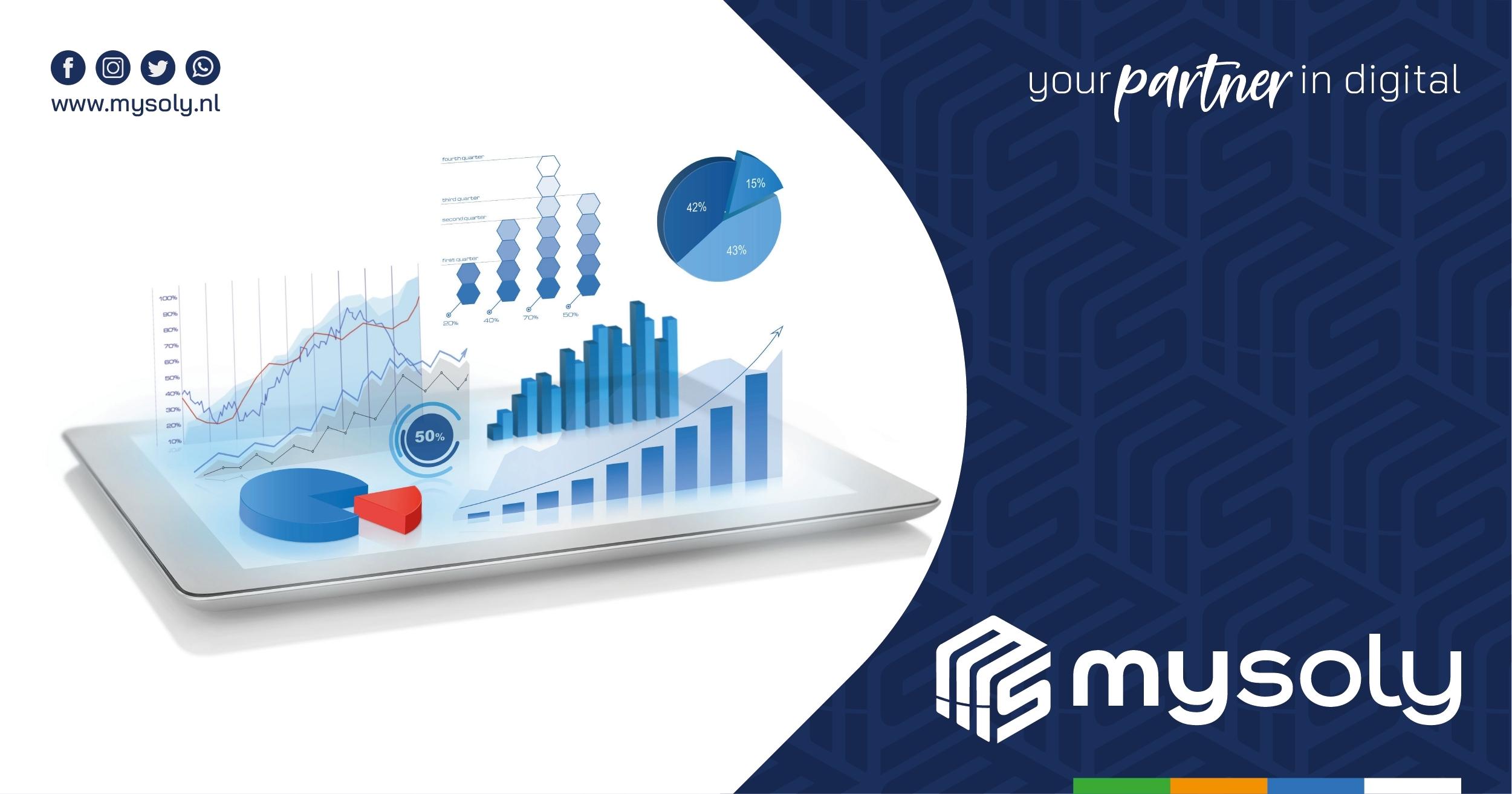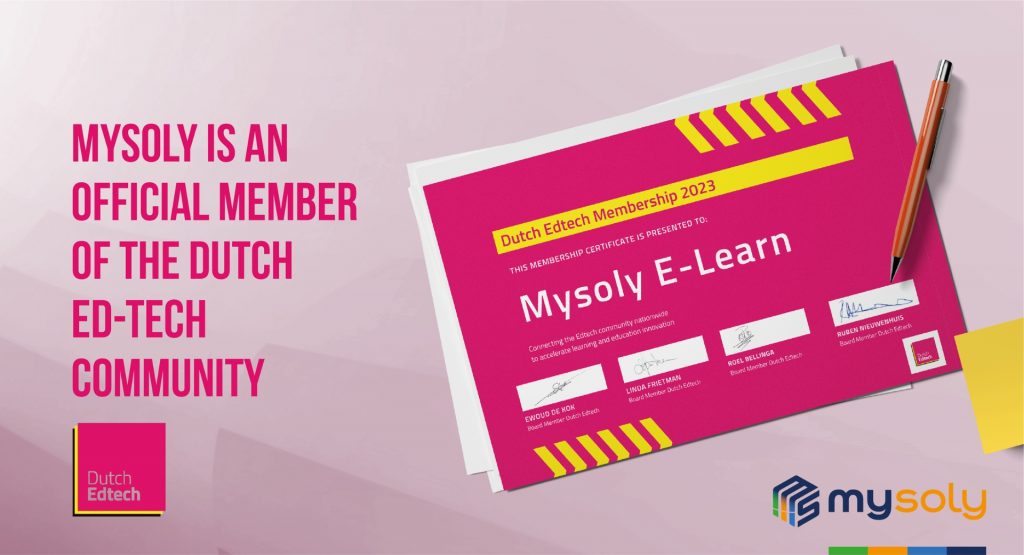bilal_cankal
Integrating Data Catalogs with Data Visualization Tools
Introduction
In today’s data-driven world, organizations are constantly striving to make sense of the vast amounts of information they possess. Data visualization tools play a vital role in this process. Because they transform complex data into visually appealing and actionable insights. However, to truly maximize the potential of data visualization, integrating it with a robust data catalog is essential. So, we will explore the definition of data catalogs and the benefits of integrating them with data visualization tools today. Besides, you will find real-world examples, best practices, and the challenges involved.
Data Catalog Definition
Before diving into the integration aspect, let’s first understand what a data catalog is. A data catalog is a centralized repository that organizes and provides metadata about an organization’s data assets. It acts as a comprehensive inventory, capturing details such as data source, structure, relationships, and quality. Moreover, it serves as a reference point for data discovery, understanding, and governance.
What are Data Visualization Tools?
Data visualization tools are software applications that transform raw data into visually compelling representations. These representations include charts, graphs, and interactive dashboards. These tools enable users to identify patterns, trends, and outliers within data sets quickly. In addition, they enhance data comprehension and promote data-driven decision-making. Moreover, they facilitate the communication of insights across various stakeholders.

Benefits of Integrating Data Catalogs with Data Visualization Tools
- Improved Data Discovery: Thanks to the integration, users gain a deeper understanding of available data assets. So, it will be easier to locate and access relevant information efficiently.
- Enhanced Data Quality: Data catalogs provide insights into the quality of data sources. It ensures that visualizations are built upon accurate and reliable data. So, the integration promotes data integrity and reduces the risk of making decisions based on flawed information.
- Efficient Data Preparation: A well-integrated data catalog enables users to identify the necessary data elements. In addition, it applies transformations or data-wrangling techniques before visualizing the data. This streamlines the data preparation process, saving time and effort.
- Contextual Insights: Data catalogs provide valuable context by capturing metadata, including data lineage, definitions, and business rules. So, users can gain a deeper understanding of the data and its significance within these specific contexts.
- Data Governance and Compliance: Integration between data catalogs and visualization tools helps organizations maintain control over their data assets. By leveraging metadata from the catalog, stakeholders can ensure compliance with regulations, track data usage, and enforce data security measures.

Examples of Integrating Data Catalogs with Data Visualization Tools
- Integration of a data catalog with Tableau: Tableau, a popular data visualization tool, can be integrated with a data catalog. So, data discovery enhances, and collaboration improves.
- Power BI integration with data catalogs: Microsoft Power BI can be linked with a data catalog to provide users with an end-to-end solution for data management, visualization, and exploration.
- Looker and data catalog integration: Looker, a powerful business intelligence platform, can be combined with a data catalog to enable users to quickly find and understand the data they need to create impactful visualizations.
Best Practices for Integrating Data Catalogs with Data Visualization Tools
- Ensure Data Catalog Accuracy: Regularly update and validate the data catalog to maintain its relevance and reliability.
- Establish Clear Data Governance Policies: Define data governance processes, including metadata management, data ownership, and access controls, to ensure consistent data practices.
- Foster Collaboration Between Data and Business Teams: Encourage communication and collaboration between data and business teams. So, data catalog and visualization efforts can align with organizational goals.
- Provide Training and Support: Offer comprehensive training to users on both data catalog and data visualization tools. Because this will maximize their utilization. In addition, provide ongoing support to address any challenges or questions that may arise.
- Implement Automation and Integration: Explore automation options to streamline the integration process between data catalogs and visualization tools. This can include automated data ingestion, metadata extraction, and synchronization between the two systems.

Challenges of Integrating Data Catalogs with Data Visualization Tools
- Data Complexity and Variability: It can be challenging when dealing with diverse data sources, varying data structures, and complex data relationships.
- Data Security and Privacy: Ensuring data security and privacy when integrating data catalogs with visualization tools is crucial. So, proper access controls, data anonymization, and compliance with regulations must be considered.
- Data Governance and Metadata Management: Establishing robust data governance practices and effectively managing metadata across both the data catalog and visualization tools require careful planning and coordination.
- User Adoption and Training: Encouraging user adoption of integrated data catalog and visualization tools may require training, change management, and addressing resistance to new processes or technologies.
- Scalability and Performance: As the volume of data increases, ensuring the scalability and performance of integrated systems becomes essential to maintain smooth operations and responsiveness.

Conclusion
Integrating data catalogs with data visualization tools is a strategic approach that empowers organizations to unlock the full potential of their data assets. By combining the benefits of both, organizations can improve data discovery, enhance data quality, enable efficient data preparation, provide contextual insights, and ensure data governance and compliance. However, successful integration requires careful planning, adherence to best practices, and addressing challenges related to data complexity, security, governance, user adoption, and scalability. By overcoming these challenges and embracing the integration of data catalogs and visualization tools, organizations can gain valuable insights, make data-driven decisions, and drive innovation in today’s data-driven landscape.
Remember, the true power of data lies in its effective utilization, and integrating data catalogs with tools is the key to unlocking that power. Embrace the integration, leverage the benefits, and partner with Mysoly to embark on a data-driven journey that drives growth, innovation, and success.
Mysoly | Your partner in digital!




